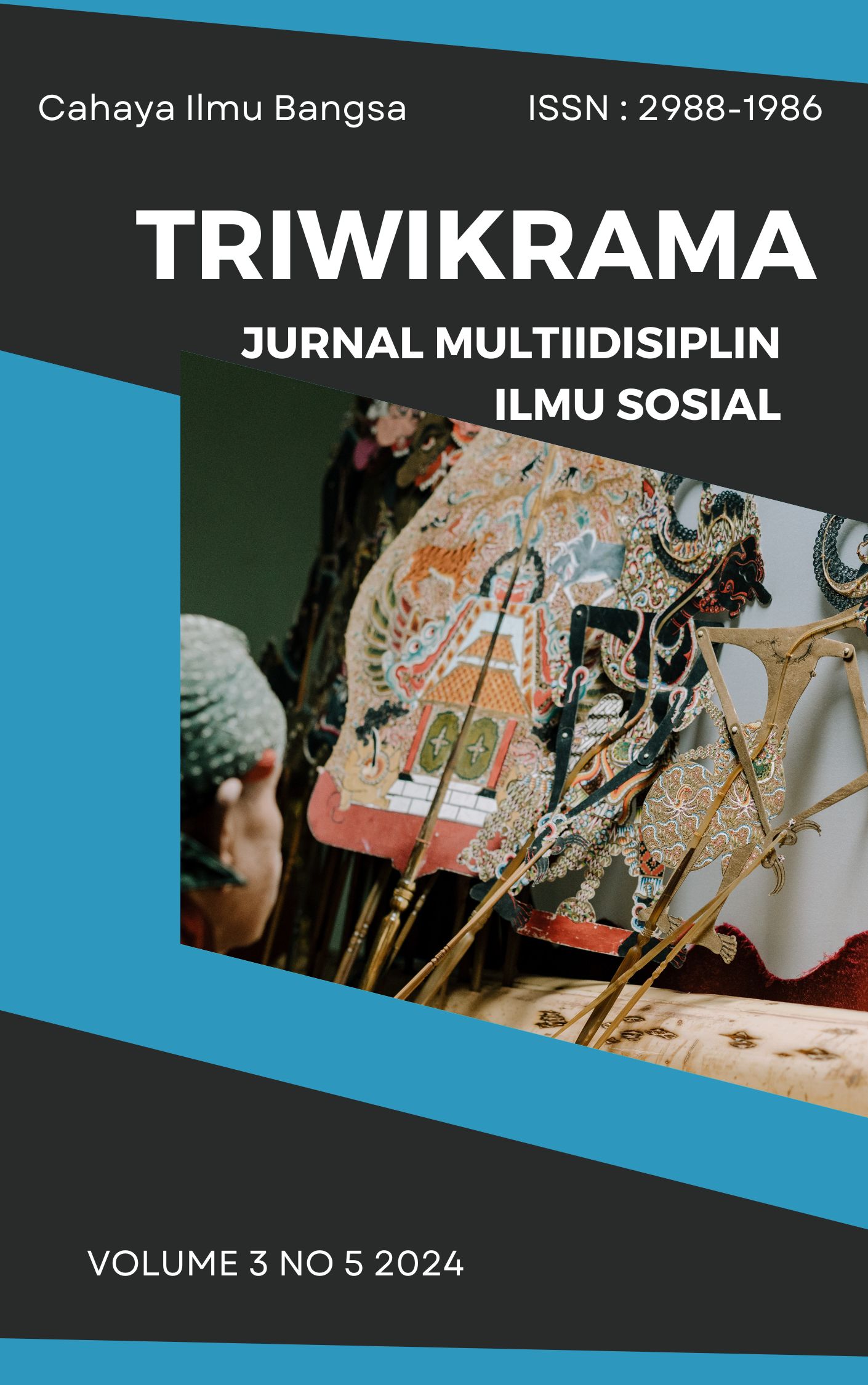EFEKTIVITAS UNHCR DALAM MENANGANI KRISIS PENGUNGSI DI JERMAN PADA 2015 - 2016
Main Article Content
Abstract
A B S T R A K
Krisis pengungsi di Eropa pada tahun 2015–2016 ditandai dengan lonjakan permohonan suaka sebesar 44%, dari 662.165 jiwa pada awal 2015 menjadi 1.014.375 jiwa pada akhir 2016 (Eurostat, 2017). Sebagian besar pengungsi berasal dari negara-negara yang dilanda perang seperti Suriah, Afghanistan, dan Irak. Peningkatan ini memicu respons beragam dari negara-negara anggota Uni Eropa, di mana sebagian besar memilih menutup perbatasan mereka terhadap pengungsi. Namun, Jerman menjadi pengecualian dengan menerima jumlah pengungsi terbesar di Eropa. Besarnya gelombang pengungsi yang masuk membuat pemerintah Jerman membutuhkan dukungan dari UNHCR, organisasi internasional yang berperan dalam perlindungan pengungsi. UNHCR bekerja dengan mengawasi kepatuhan negara terhadap standar internasional perlindungan pengungsi meskipun tanpa kewenangan memaksa, serta melalui pendekatan operasional di lapangan. Penelitian ini menggunakan metode kualitatif untuk menganalisis efektivitas rezim UNHCR dalam menangani pengungsi di Jerman. Temuan menunjukkan bahwa meskipun terdapat tantangan signifikan, kolaborasi antara UNHCR dan pemerintah Jerman memainkan peran penting dalam menangani krisis pengungsi. Penelitian ini juga menyoroti keterbatasan otoritas UNHCR dan pentingnya dukungan negara dalam implementasi kebijakan perlindungan pengungsi yang efektif. Hasil ini memberikan kontribusi pada pemahaman tentang efektivitas rezim internasional dalam konteks migrasi dan perlindungan pengungsi.
A B S T R A C T
The refugee crisis in Europe in 2015–2016 was marked by a 44% increase in asylum applications, from 662,165 in early 2015 to 1,014,375 by the end of 2016 (Eurostat, 2017). The majority of refugees came from war-torn countries such as Syria, Afghanistan, and Iraq. This surge triggered a variety of responses from European Union member states, with most opting to close their borders to refugees. However, Germany was an exception, accepting the largest number of refugees in Europe. The scale of the influx required the German government to seek support from UNHCR, the international
organization responsible for refugee protection. UNHCR worked by overseeing states' compliance with international protection standards, despite lacking enforcement power, and through operational field approaches. This study uses a qualitative method to analyze the effectiveness of the UNHCR regime in addressing refugees in Germany. The findings indicate that, despite significant challenges, the collaboration between UNHCR and the German government played a crucial role in managing the refugee crisis. The study also highlights the limitations of UNHCR's authority and the importance of state support in implementing effective refugee protection policies. These results contribute to the understanding of the effectiveness of international regimes in the context of migration and refugee protection.
Downloads
Article Details

This work is licensed under a Creative Commons Attribution-NonCommercial-ShareAlike 4.0 International License.

This work is licensed under a Creative Commons Attribution-NonCommercial-ShareAlike 4.0 International License.
References
Archer, C. (2001). International organization. Routledge.
Berita CNN. (2024). Faktor pendorong dan penarik terjadinya migrasi ke Eropa. Diakses pada 8 Desember 2024, dari http://www.cnnindonesia.com/internasional/20150904134036-127-76649/faktor-pendorong-dan-penarik-migrasi-ke-eropa.
Joly, D. (1996). Haven or hell: Asylum policies and refugee in Europe. MacMillan Press.
Eurostat. (2015). Data in focus: Asylum applicants and first instance decisions on asylum applications: 2012–2014. Luxembourg: European Union. Diakses dari http://ec.europa.eu/eurostat.
Federal Ministry of the Interior. (2015). Asylum and refugee policy in Germany. Berlin: German Federal Ministry of the Interior. Diakses pada 10 Desember 2024, dari http://www.bmi.bund.de/EN/Topics/MigrationIntegration/Asylum-Refugee Protection/Asylum-RefugeeProtection_Germany/asylum-refugee-policy-germany_node.html.
Hansen, R. (2007). Migration policy. Dalam Hay, C. & Menon, A. (Ed.), European politics. Oxford University Press.
ICMC. (2013). Resettlement Germany. Diakses pada 8 Desember 2024, dari http://www.resettlement.eu/country/germany#germanys-resettlement-programme.
Jaeger, G. (2001). On the history of the international protection of refugees. International Review of the Red Cross, 843. International Committee of the Red Cross.
Irsan, K. (2007). Pengungsi internal dan hukum hak asasi manusia. Komisi Nasional Hak Asasi Manusia.
Kumara, S., dkk. (2024). Ini alasan pengungsi Suriah memilih kabur ke Jerman. Diakses pada 10 Desember 2024, dari http://dunia.news.viva.co.id/news/read/671272-ini-alasan-pengungsi-suriah-memilih-kabur-ke-jerman.
Romsan, A. (2003). Pengantar hukum pengungsi internasional. Sanic Offset.
UNHCR. (2011). Konvensi pengungsi 1951 tentang status pengungsi dan protokol 1967. Media Relation and Public UNHCR.
UNHCR. (2012). UNHCR submissions in Germany. Human Rights Liaison Unit Division of International Protection.
UNHCR. (2017). Bantuan untuk pengungsi Jerman. Diakses pada 10 Desember 2024, dari http://www.unhcr.org/dach/de/humanitaere-hilfe.
UNHCR. (2007). Global appeal 2007. Diakses pada 7 Desember 2024, dari http://www.unhcr.org/publications/fundraising/4a0a900f6/unhcr-global-appeal-2007.html.
Wagiman. (2012). Hukum pengungsi internasional. Sinar Grafika.
